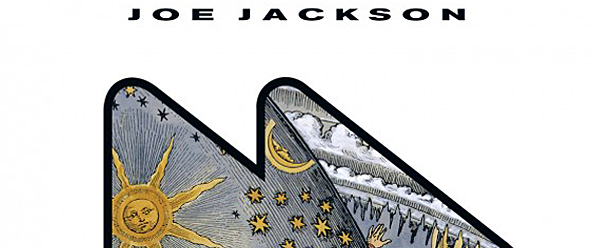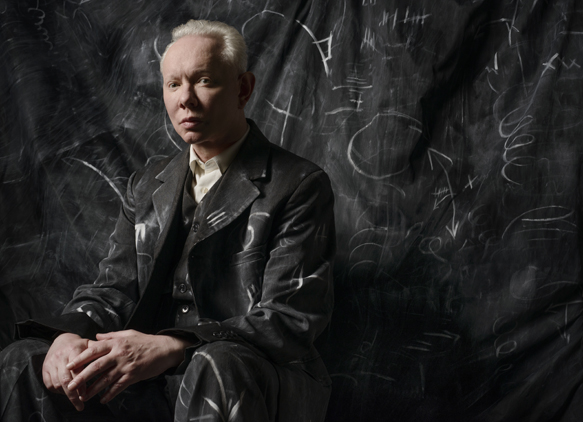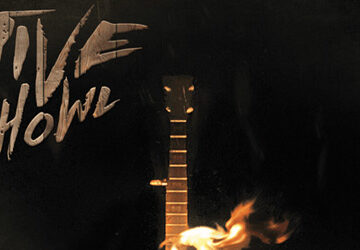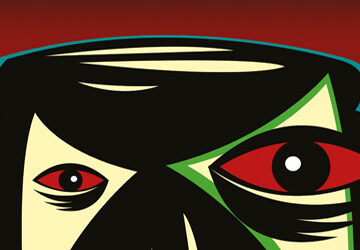Joe Jackson endeared himself to enthusiasts of New Wave music largely because of some of his musical outputs in the late ’70s and the early ’80s that fit flawlessly in the softer, Pop-oriented and Soul-infused, left side of the New Wave spectrum the genre now known as Sophistipop. In fact, his classic songs “Is She Really Going Out with Him?,” “Breaking Us in Two,” and “Be My Number Two” have long become anthems, especially of the genre’s broken hearts club. However, Jackson’s twenty-album discography is much more than that. It encompasses various styles that include New Wave, Pop, Jazz, and even proper Classical music or a fusion of some of these. As examples, his 2012 all-covers album, The Duke, which contains his re-imaginings of some of the beloved songs of the iconic Jazz and Swing artist Duke Wellington, shot to number one on the U.S. Billboard’s Contemporary Jazz Albums category soon after its release. Then in 1999, he released his fourth overall, but first full-on one-piece four-movement Classical instrumental album, Symphony No. 1. This predilection for musical variety and his prolificness have certainly earned Jackson not only the respect of fellow artists but also the ability to create genre-fusing albums that possess both musical technicality and Pop sensibility. His musical diversity sits in the same category as those of Elvis Costello and Billy Joel, both of whom have also released either Jazz or Classical works on top of their string of New Wave and Pop-oriented albums.
Released on October 2, 2015, the sixteen-song Fast Forward is the latest, nineteenth studio album of the England-born Singer/Songwriter/Composer Joe Jackson. It begins with the initially slow title track, which gradually builds up into a steady beat. The piano melody in the introduction has a hint of Bob Dylan’s “With God on Our Side,” but the song properly will fit on a playlist that includes 16 Tambourines’ “Bathed in the Afterglow” and Human Radio’s “Me & Elvis.” “If It Wasn’t for You” flows into a similar mood and then shifts to high gear as the tubular bass driven chorus starts; the icing of this song is the interplay of piano and guitar in the interludes. The third track is the smooth and less abrasive, otherwise faithful, rendition of the upbeat “See No Evil” by the pioneering New Wave band Television, whose home is New York City. Finally, closing the New York sessions is the loungy, downtempo R&B swagger “King of the City.”
The Berlin songs represent the New Wave aspect of Fast Forward, starting with the driving, engaging, and melodically nostalgic “A Little Smile,” which best captures Jackson’s ’80s New Wave/Sophistipop sound. Following next is the hypnotic “Far Away,” which has the vibes of Cocteau Twins and Sarah Brightman and whose cyclical piano melody is reminiscent of the minimalist works of the American composer Philip Glass. A short, sweet stab of Cabaret and Swing that is the allure of “So You Say.” Lastly, “Poor Thing” swims in a similar mood and tempo, but shines more brightly with its dose of Latin Jazz horn section, syncopated rhythm, Pop-oriented chorus, and Classical-slanted interludes. Certain recall points include The Spent Poets’ “Walt Whitman’s Beard” and Fossil’s “Josephine Baker.”
The Amsterdam sessions consist of the punchy piano-dominated piece “Junkie Diva,” the Arabian-flavored “If I Could See Your Face,” the ambient and loungy “The Blue Time,” and “Goodbye, Jonny,” Jackson’s English translation of this 1939 German-worded song written by Hans Fritz Beckmann and Peter Kreuder.
The last part of Fast Forward, New Orleans is represented by the dark and almost Gothic-like affair of “Neon Rain,” the choppy and subtly funky “Satellite,” the R&B Pop track “Keep on Dreaming,” and the album’s closing delight, the percussion-laden stomper “Ode to Joy,” where Jackson’s part-satiny, part-grainy voice soars above a beautifully orchestrated music.
Fast Forward may be regarded as Jackson’s summary of all his genre-jumping excursions, packaged in one big album. It is apparently a conglomeration of four, four-song EPs, each of which represents New York, Berlin, Amsterdam, and New Orleans, respectively; the cities where the recording sessions took place. A different set of musicians hailing from the respective city was employed for each of the EPs, consequently capturing a certain feel of the particular place. This process makes for a focused and distinctive listening experience, adding a sort of visual imagery and geographic identity to the individual songs; a brilliant concept actually.Nevertheless, taken as a whole, Fast Forward still bears a stylistic cohesiveness, owing to the distinct piano performance, velvety vocals, and jazzy song structures that are the centerpiece of the trademark sound of Jackson; a proficient and prolific artist who did not stop from performing and making music since he made his first demo tape in 1978. CrypticRock gives Fast Forward 4 out of 5 stars.







No comment